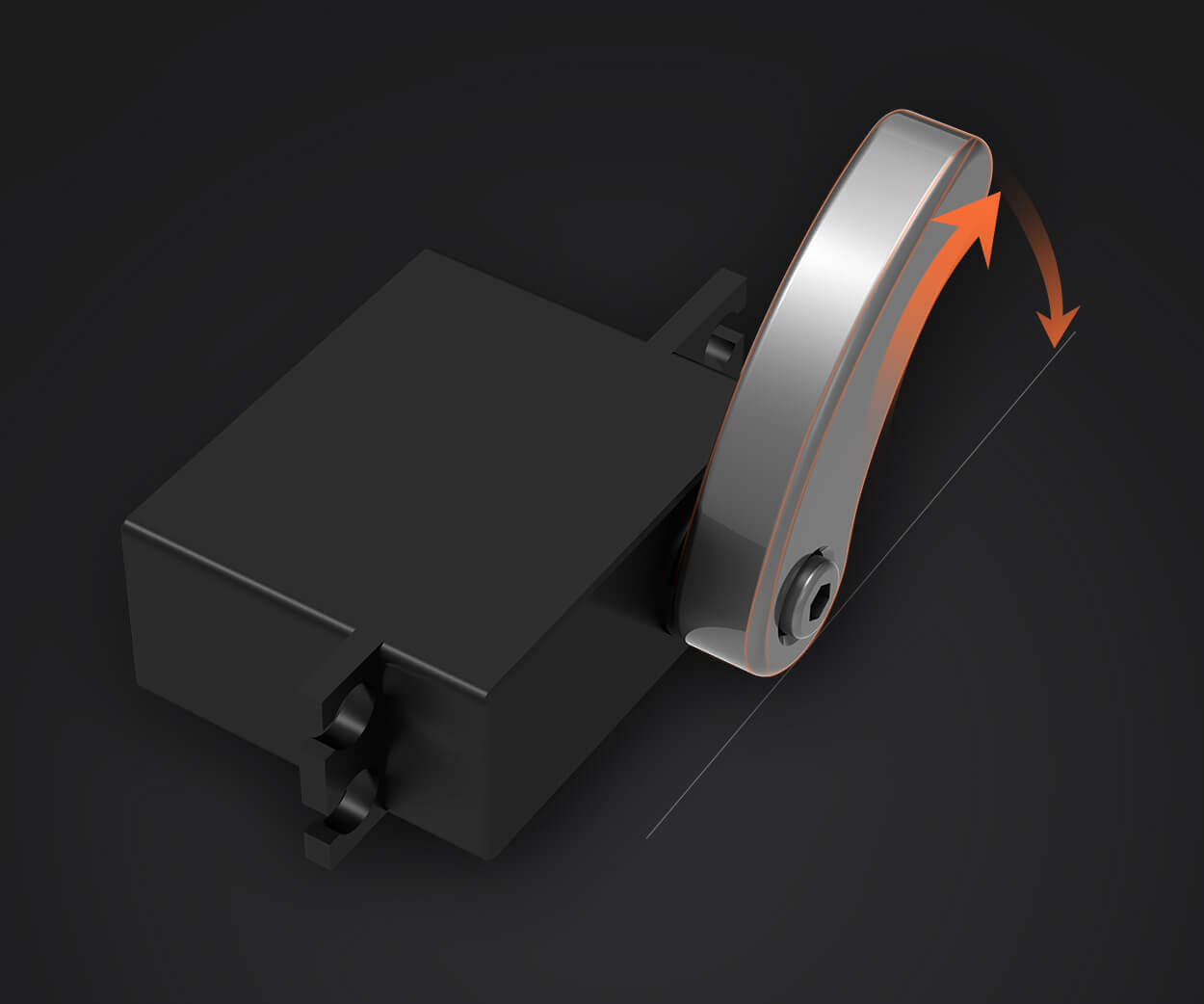Ever been caught off guard by an unexpected alarm on your Mitsubishi servo amplifier? Maybe you’re in the middle of a crucial operation, and suddenly, that beep disrupts the flow, sending your work into a brief chaos. But why do these alarms pop up? What do they really mean? And more importantly, how can you handle them quickly and efficiently without losing your mind?

Let’s start simple. A Mitsubishi servo amplifier alarm isn’t just noise for noise’s sake. It’s a warning. Think of it as the machine’s way of whispering, “Hey, something’s not right here.” Sometimes it’s a minor hiccup—a temporary overload or a loose connection—something you can fix in a jiffy. But other times, it’s a sign that something bigger is brewing—like a motor issue or internal fault that needs a closer look.
What makes the alarm truly irksome isn’t just the noise, but the timing. Imagine working on a tight deadline, your hands on the controls, when suddenly that flashing light and warning sound disrupt everything. It’s annoying, sure, but it’s also a chance. A chance to prevent a bigger failure or damage. That’s why understanding what each alarm code indicates can save you a lot of headaches—early diagnosis can mean the difference between a quick fix and a costly shutdown.
Some might ask, “So, how do I resolve these alarms?” Well, first step—don't panic. Check the basics: ensure wiring is tight, cooling fans are working, and power supplies are stable. Sometimes, a simple reset can clear the alarm, but don’t just ignore it—dig a little deeper. Is the motor overheating? Is there excessive vibration? The alarm might be hinting at an underlying issue that, if left unchecked, could escalate.
Of course, every quick fix isn’t the same. Some alarms might need a software update, a component replacement, or a calibration tweak. It’s about reading the alarm codes carefully, understanding their context, and being proactive. No one wants down time, especially if a machine is running nonstop production shifts. Proper maintenance and knowing your equipment can turn alarms from disruptive surprises into manageable notifications.
And here’s a thought—have you considered preemptive checks? Regular maintenance routines often keep alarms at bay, and knowing common fault signals can turn you into a go-to person when something flickers or beeps. Sometimes, a little preventive action beats a frantic scramble when alarms go off unexpectedly.
You might wonder, “Is it worth investing in quality parts and training?” Absolutely. Reliable parts mean fewer false alarms, and training helps you identify real issues faster. Recognizing an alarm code and knowing the right course of action makes all the difference.
So, next time the alarm sights in your Mitsubishi servo amplifier flash on, remember—it’s not just a distraction. It’s dialogue from your equipment that, if understood, can keep your operations smooth and your frustration low. Listening to what it’s telling you might just save the day.
Kpower has delivered professional drive system solutions to over 500 enterprise clients globally with products covering various fields such as Smart Home Systems, Automatic Electronics, Robotics, Precision Agriculture, Drones, and Industrial Automation.




































